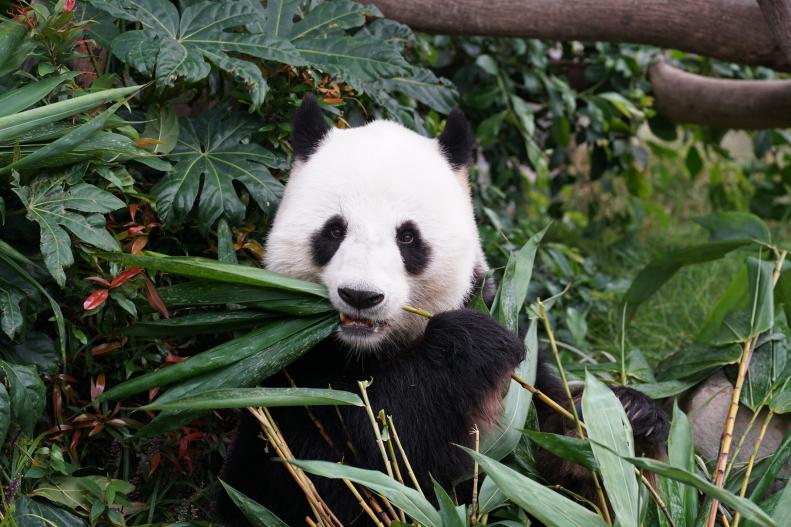1 / 14
Photo: Shutterstock/Wang Sing
A Walk on the Wild Side
America's zoos make it possible to trek into the "wild" for those who might never visit the Serengeti or the Himalayas to meet unusual animals such as zebras and mountain lions in their natural habitats. Even better, outdoors and adventure lovers can traverse re-created environments in a single day, encountering a breathtaking variety of wildlife. Grab your binoculars and bush hat: We've selected the wildest zoos in America for animal lovers and families to explore.









